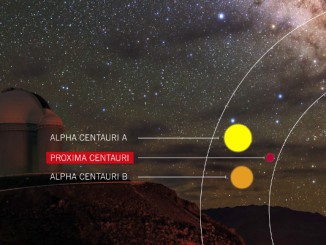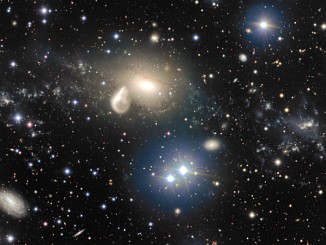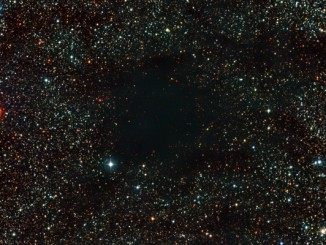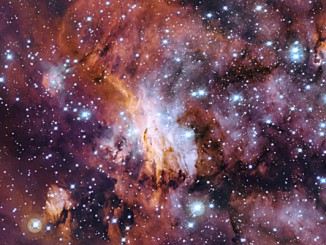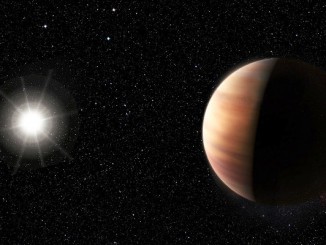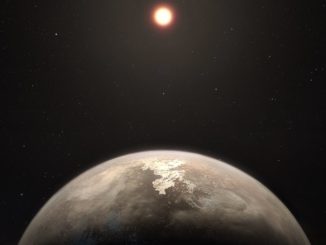
Closest temperature world orbiting quiet star discovered
A temperate Earth-sized planet has been discovered only 11 light-years from the Solar System. The new world has the designation Ross 128 b and is now the second-closest temperate planet to be detected after Proxima b. It is also the closest planet to be discovered orbiting an inactive red dwarf star, which may increase the likelihood that this planet could potentially sustain life.




